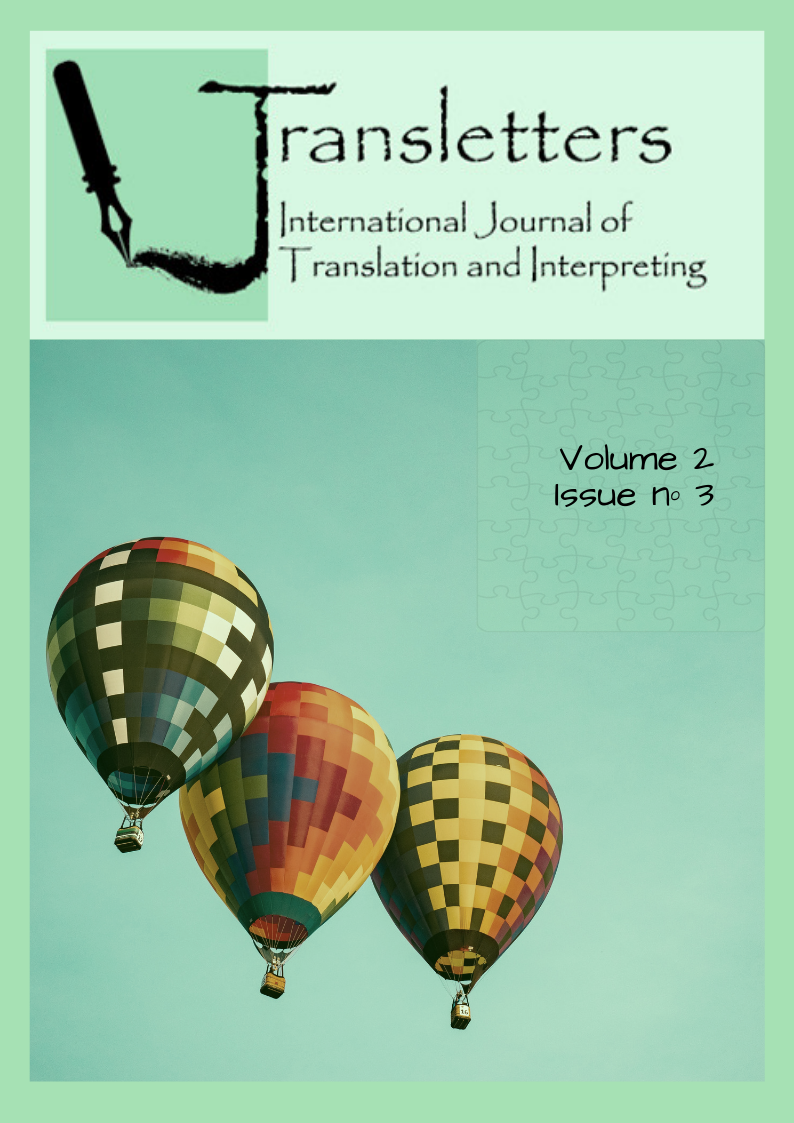Analysis of the presence of Spanish cultural aspects in American culinary language
Contenido principal del artículo
Resumen
In the sphere of gastronomy, there is a marked convergence of languages, especially with regard to the cuisine of a specific region, since it is here where cultural aspects most often emerge. In this paper, we analyse the strength of Spanish and its inclusion in English through an analysis of the presence of cultural aspects of the Spanish language in the American television series Spain... on the road again; a series in which agrifood and audiovisual translation overlap. Based on the classification of cultural terms proposed by Newmark (2004), we focus on the categories of ecology and material culture and, more specifically, gastronomy. In addition, we add a new category that covers popular culture; a category in which terms related to proverbs, idioms and colloquial expressions are included. In order to identify the way in which Spanish cultural terms are adopted in English-speaking culture and with the aim of demonstrating the difficulties that translators face when translating the cultural terms of a region, we create terminological records and analyse the techniques by which these terms are transferred from the Spanish to the English language. Taking into account the results obtained, we conclude that there is no total equivalence for most of the Spanish cultural terms, thus making it necessary to resort to translation techniques such as borrowings or the description of the terms.
Descargas
Detalles del artículo
Política propuesta para las revistas que ofrecen acceso abierto
Los/as autores/as que publican en esta revista aceptan las siguientes condiciones:
1. Los/as autores/as conservan los derechos de autor y conceden a la revista el derecho de primera publicación con el trabajo licenciado simultáneamente bajo una Licencia de Atribución de Creative Commons, la cual permite a otras personas compartir el trabajo con un reconocimiento de la autoría del trabajo y la publicación inicial en esta revista.
2. Los/as autores/as pueden establecer acuerdos contractuales adicionales para la distribución no exclusiva de la versión publicada del trabajo en la revista (por ejemplo, enviarlo a un repositorio institucional), con un reconocimiento de su publicación inicial en esta revista.
3. Se permite y anima a los/as autores/as a publicar su trabajo previo a la versión final publicada en esta revista una vez aceptado (por ejemplo, en repositorios institucionales o en su sitio web), ya que puede dar lugar a intercambios productivos, así como a una citación más temprana y mayor del trabajo publicado (Véase El efecto del acceso abierto).

